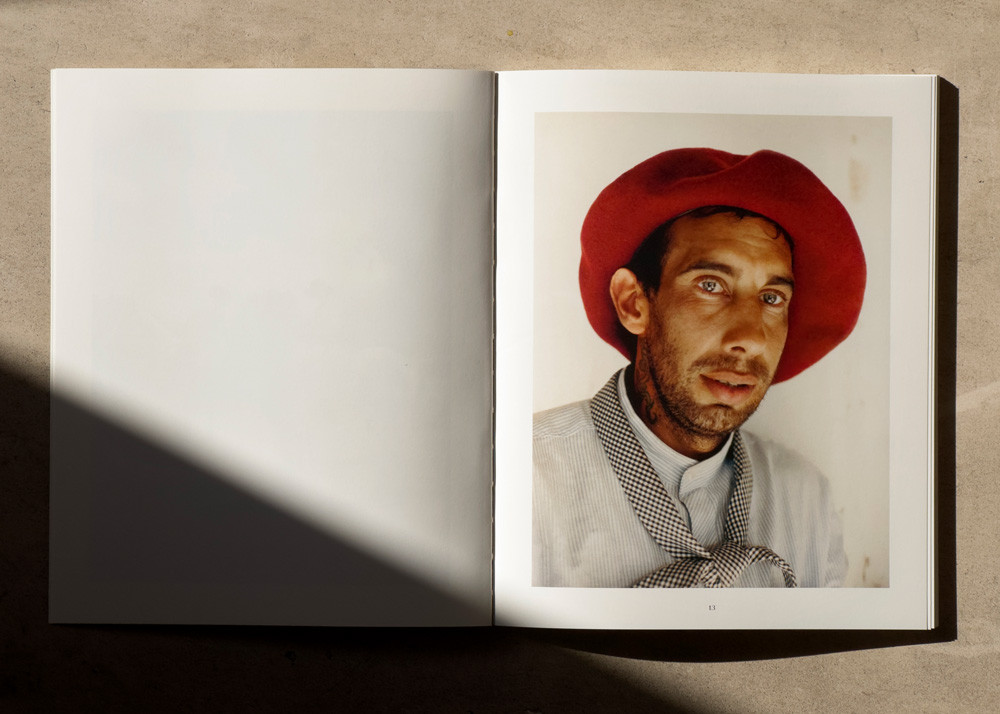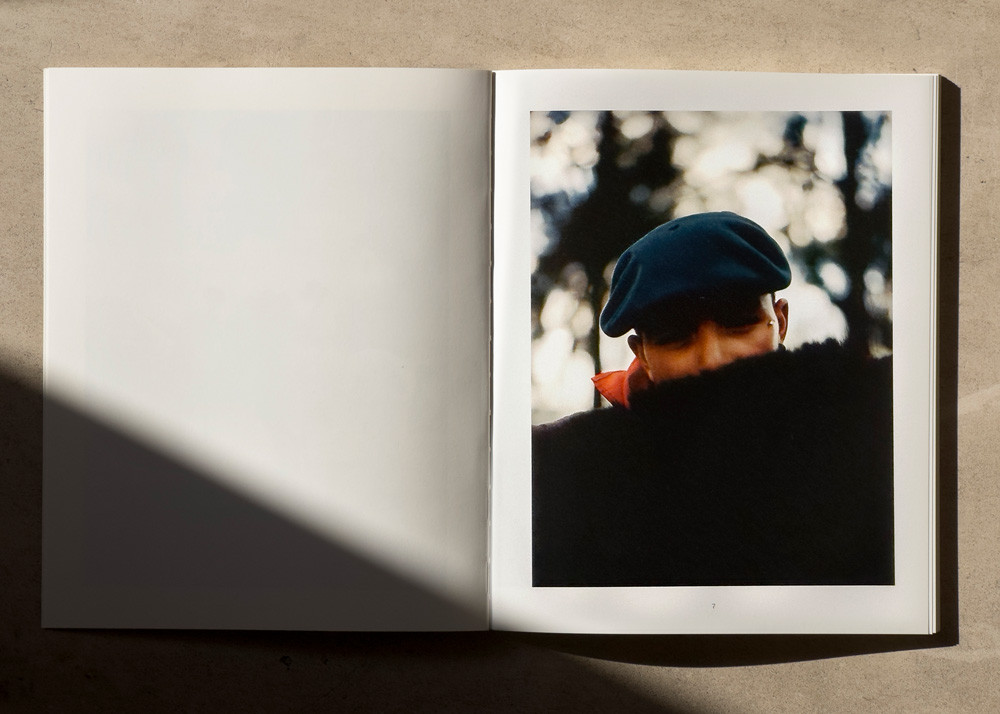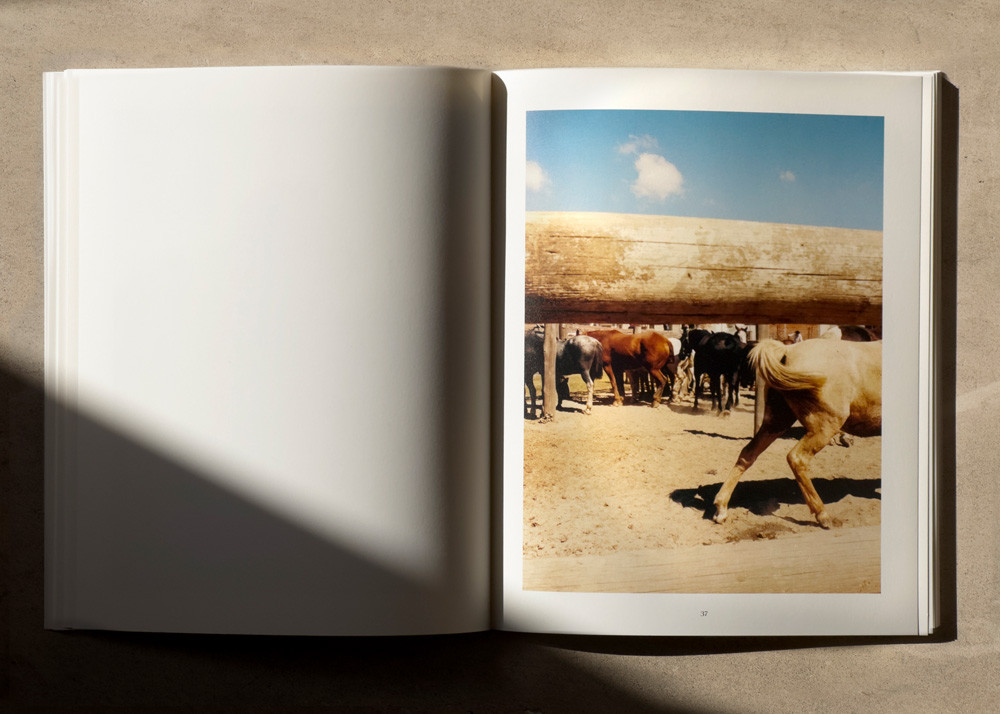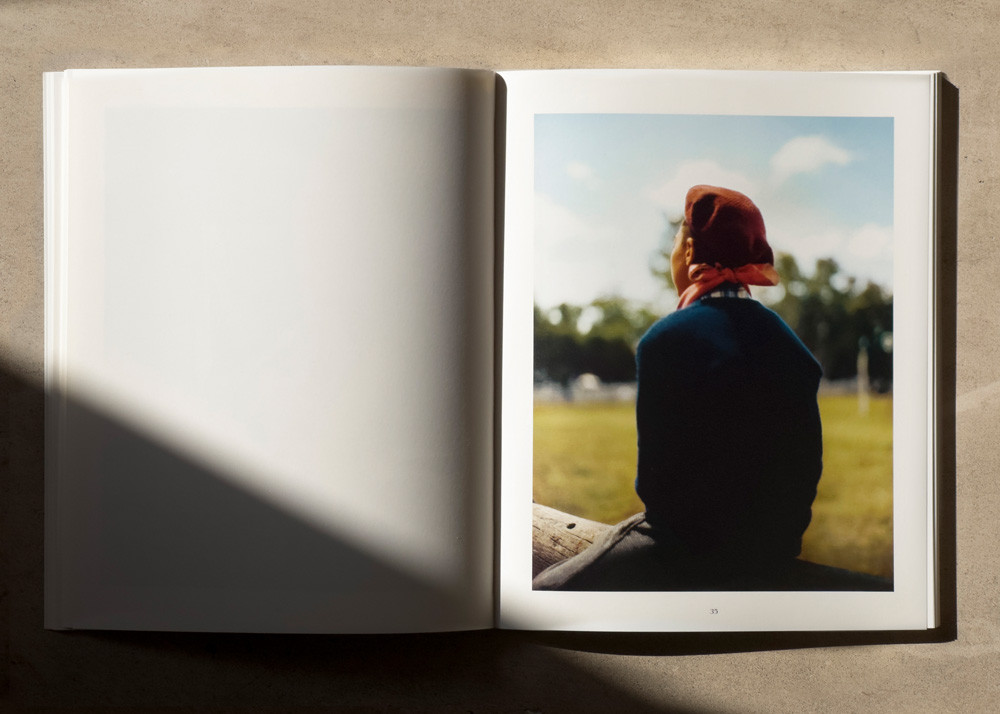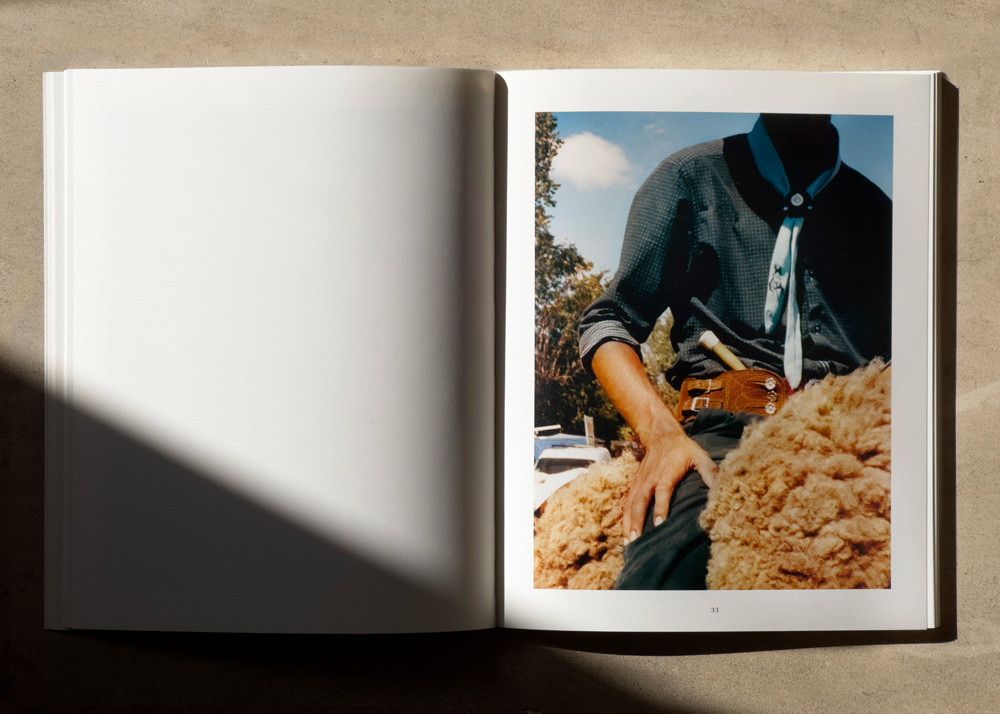Book Review & Interview
DOMA by Rodrigo Carmuega
7 min read
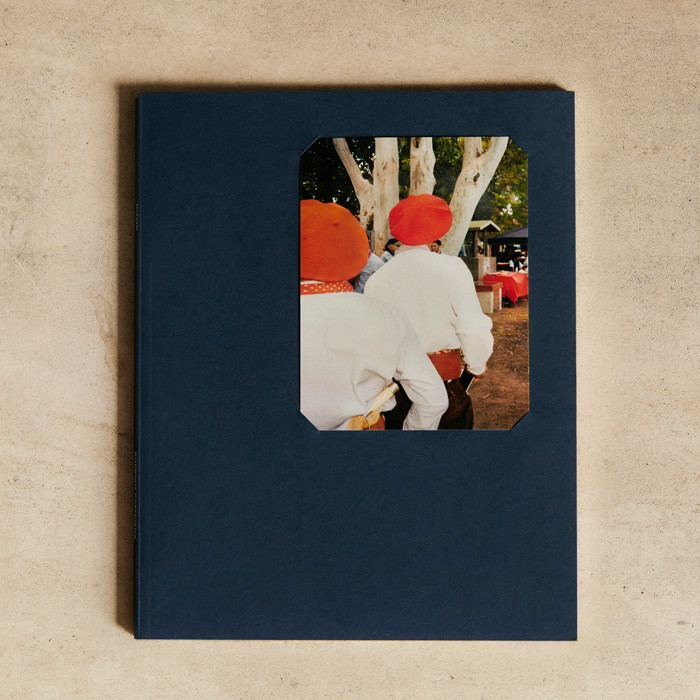
Argentinian-born but London-based photographer Rodrigo Carmuega’s work, characterised by his melancholic, poetic touch, has been featured in Altered States, T mag, Wallpaper, Vogue, Kinfolk, and others. Last month, he published »Doma«, a photo book that is a love letter to his homeland. Doma is the name of an age-old Argentinian tradition connecting humans, horses, and the land. It’s known as a gentle method to tame wild horses, but at the same time has been serving as a way to forge masculinity and identity. With a sensitive eye, Carmuega captures the latter, zooming in on faces, subtle gestures, and the unique male gaucho fashion of the doma universe. We spoke to the photographer about his fascinating project.
I have never heard of doma before, and most of our readers have probably neither. Can you tell us more about it?
It’s comparable with cowboys in the US. There are different aspects to it, and it can be taken into different directions. Firstly, it’s a sort of training, a softer, more psychological technique to make a wild horse more approachable. It’s very gentle. But then there is also the sports side to it: Events resembling a rodeo, a contest to see which guy, which gaucho, can ride the horse the longest. But in my book, I don’t really focus on the action, it’s more about the backstage atmosphere at these events, the details, and how people dress. They come in their very best clothes - ponchos, hats, ties, ornamented belts, and silver knives, which have a particular symbolism to them. They use them as a work tool, to eat, and to show off. A long time ago they were also used in duels. It’s the pride of the gaucho.
Where and when did you take the photographs? How did the idea come about?
It’s a funny story. In 2013, I started to go back and forth between Argentina and London, to build my career here. In 2017, my wife and I decided to move to London completely. I had been thinking for a while that I should bring something with me from my country, something I feel proud of. We were supposed to leave Argentina on a Monday, and the Saturday before we threw an asado, a big BBQ with all our friends, to say goodbye. I needed to get some things at the supermarket, which is a 7-minute drive from home. On the way there, I noticed the doma. The weather was amazing, and the event doesn’t happen so often, maybe every three or four months. Everybody was there. I have friends whose fathers do doma, and it’s just very personal to me. So I called my wife and told her “You will kill me, but I just need to photograph this.” I got my Pentax 67, my Yashica point-and-shoot and a bunch of rolls, and in the end, I shot this book in just three hours. It was such a rush. I was shooting non-stop. And when I was done, my friends were already waiting at home. It was the perfect send-off.
How did people react to your camera?
I always asked and explained what I was doing, and people were mostly happy. When I approach someone with a camera, I quickly get a sense of who is okay with it and who is not. And you can always push them a bit in a soft way. They even invited me to their asado. It was such a special moment.
Is this a tradition in all of Argentina?
Yes. There are many different festivities which include doma. The pictures in the book are shot in Tigre, at the edge of a river delta that is one of the biggest in the world. I miss it, and the blue sky, it’s so beautiful there. It’s located about 40 minutes from the centre of Buenos Aires. The city is growing very fast, but the gauchos found a way to still move around with their horses there, and they are so proud of that.
You decided to take the self-publishing route. How did that go?
The pictures had been sitting in my house for a long time. Friends and colleagues pushed me to do it, and that was the push I needed. So I contacted Jamie Allan Shaw with whom I had already worked before. I didn’t want to do a big commercial thing, but we managed to have a great launch event at a London bookshop, Donlon Books, with lots of good friends from the industry. I still would like to do an exhibition as well - the colours are so rich and the people and their styling are so interesting. It’s a project that’s very close to my heart; it’s meaningful to me. I didn’t have to go to some exotic place on the other side of the world.
What was the editing process like? Did you have certain criteria in mind when selecting the pictures?
I shot about 120, and in the book, there are maybe 45. It was very difficult, and we could have taken many different directions. I could have gone towards the action, the rodeo, or focus on all the cars and buildings, but I didn’t want that. It’s hard to leave out stuff. Jamie Allan Shaw did a first edit, and then I had to put certain pictures back in that were especially important to me. He’s British and has a different perspective, which was very helpful. But I also want to show the book in Latin America, and the texts, beautifully written by historian Marcelo Marino, are in both Spanish and English. We had to find a balance that works for both audiences. Personally, I just need to like the picture. But beauty isn’t enough, you also need a meaning. It needs to make sense. Some images I love couldn’t be included because they weren’t relevant or would have confused the reader. I am really happy with the final selection.
What do you want people to take away from this book?
When I took these images, I knew it would be the last time I saw my country, and so originally it was something for me, something I could take with me. This book is a testament to this moment, which was very emotional and romantic and sad, very tango. I’m so proud of my country and it’s a shame I can’t live there because of economic problems, and the lack of safety. I needed to take something and show the world how unique we are, and how beautiful Argentina is, and inspire people to come and see it for themselves. Buenos Aires is like Paris or Madrid, but mixed with a certain Latino decadence. The culture is so rich. I wanted to bring something with me that I am proud of.
Is doma one of these age-old traditions at risk of dying out?
Doma will never die. It’s part of the people. I tried to show that there’s a new generation evolving as well. People with tattoos, earrings, and little fashion touches that you wouldn’t have seen 50 years ago. It used to be very masculine and they would have never allowed jewellery. Today it’s more open, and it shows in the images. It’s starting to become more contemporary, also when it comes to the music that is played there. It’s a community thing, where you meet your friends from school, where you have your first kiss…I think it will stay forever.
Interview by Sarah Schug
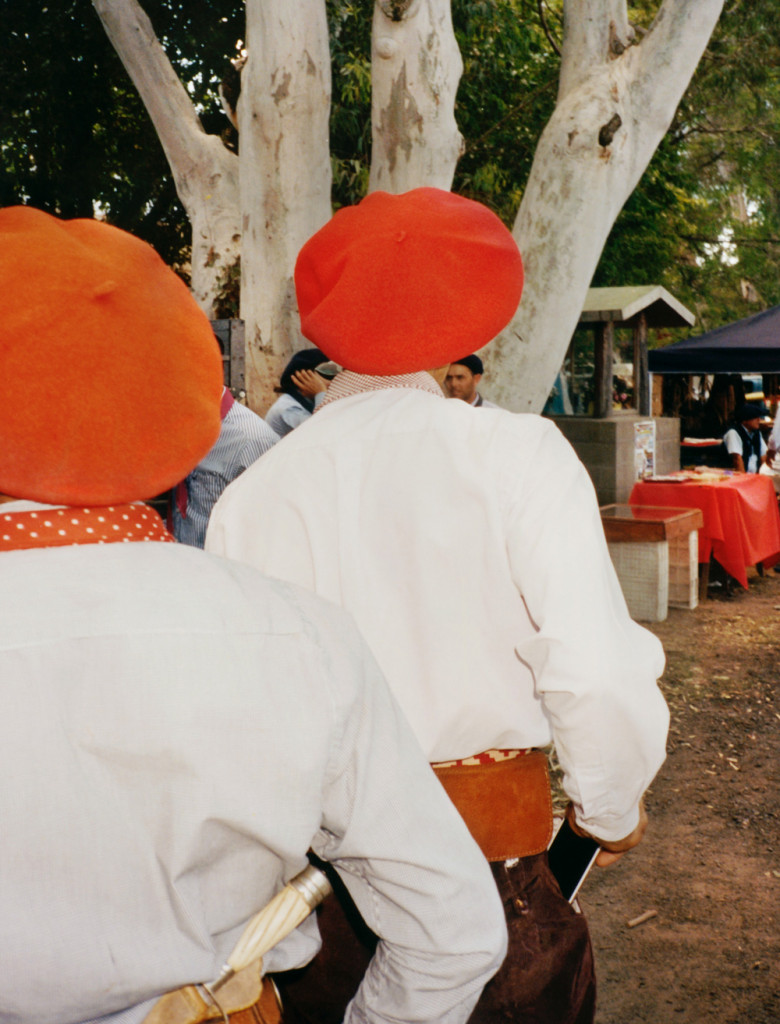
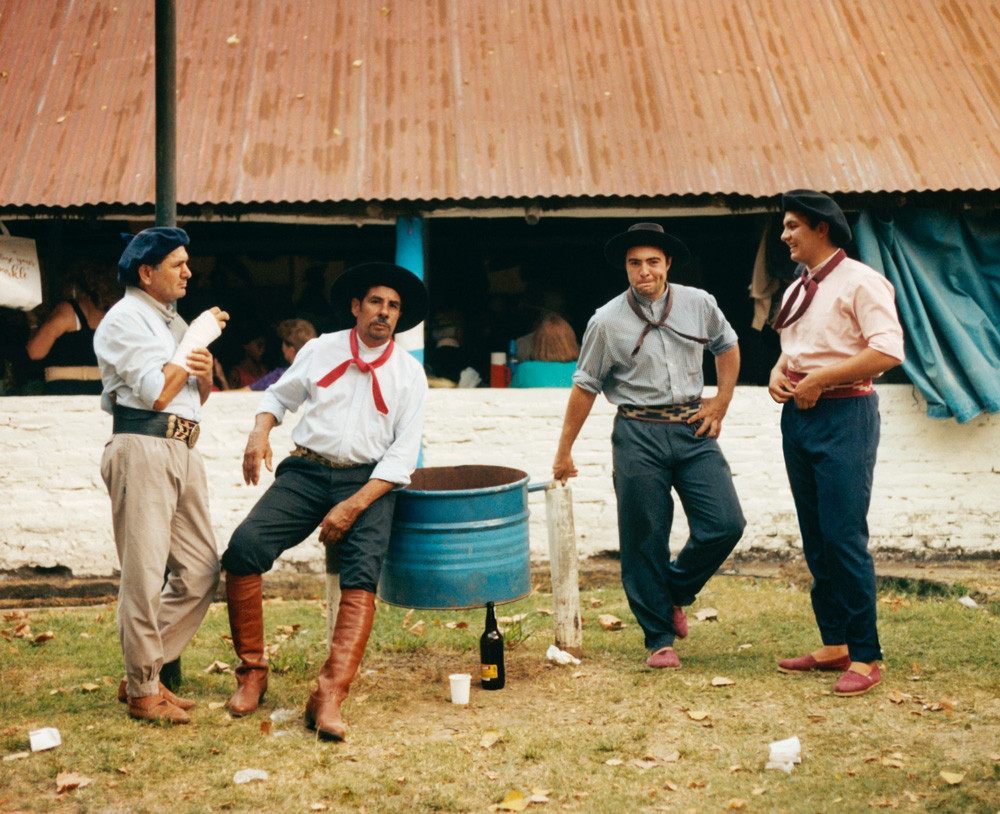
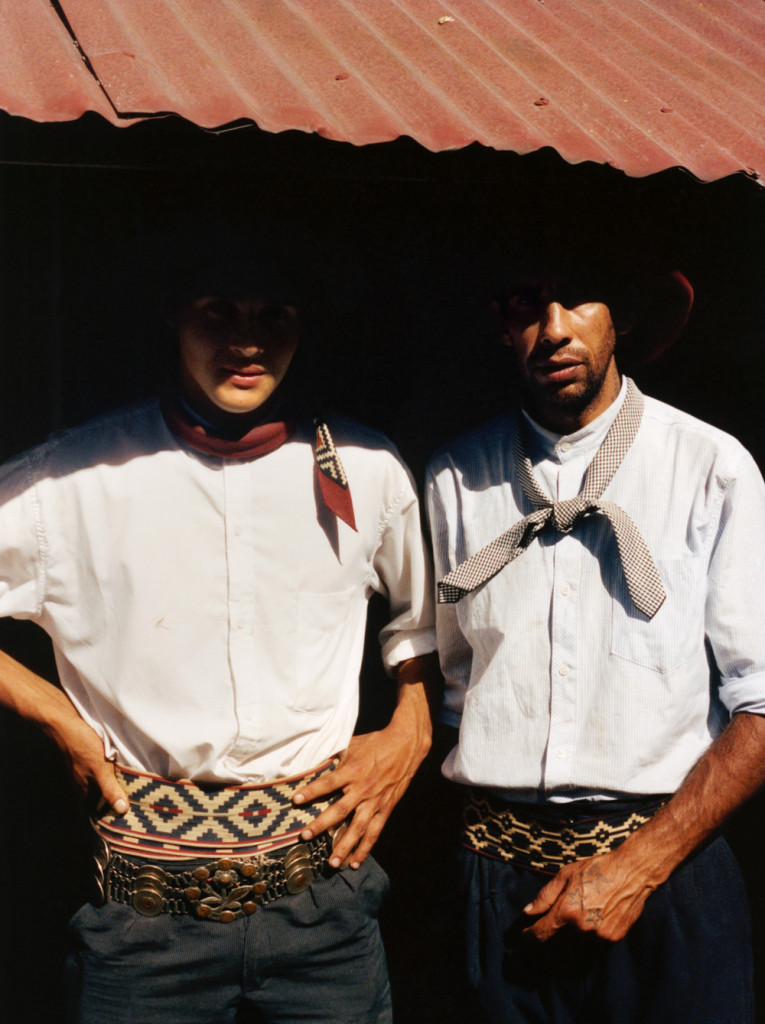
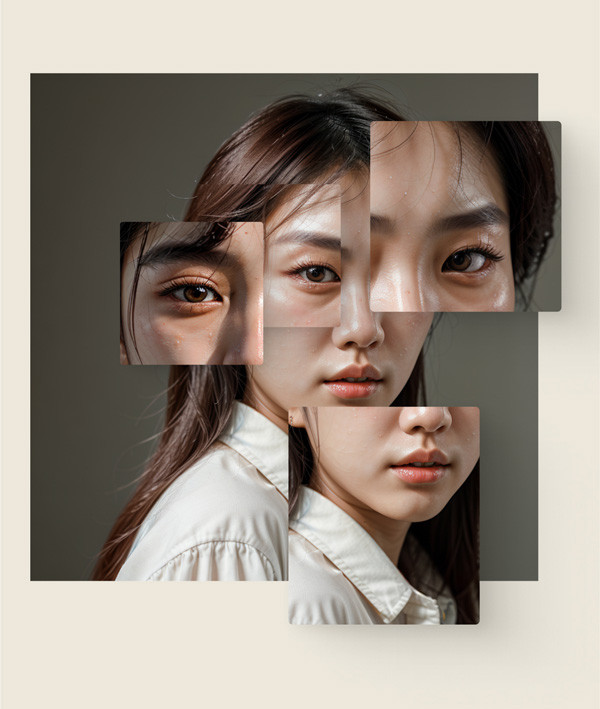
Photography Insights
Is Artificial Intelligence transforming photography as we know it?
Artificial Intelligence (AI) is slowly but surely penetrating every aspect of our lives - photography included. How do these changes manifest? And how do photographers working today deal with them? We took the temperature of the industry.
READ MORE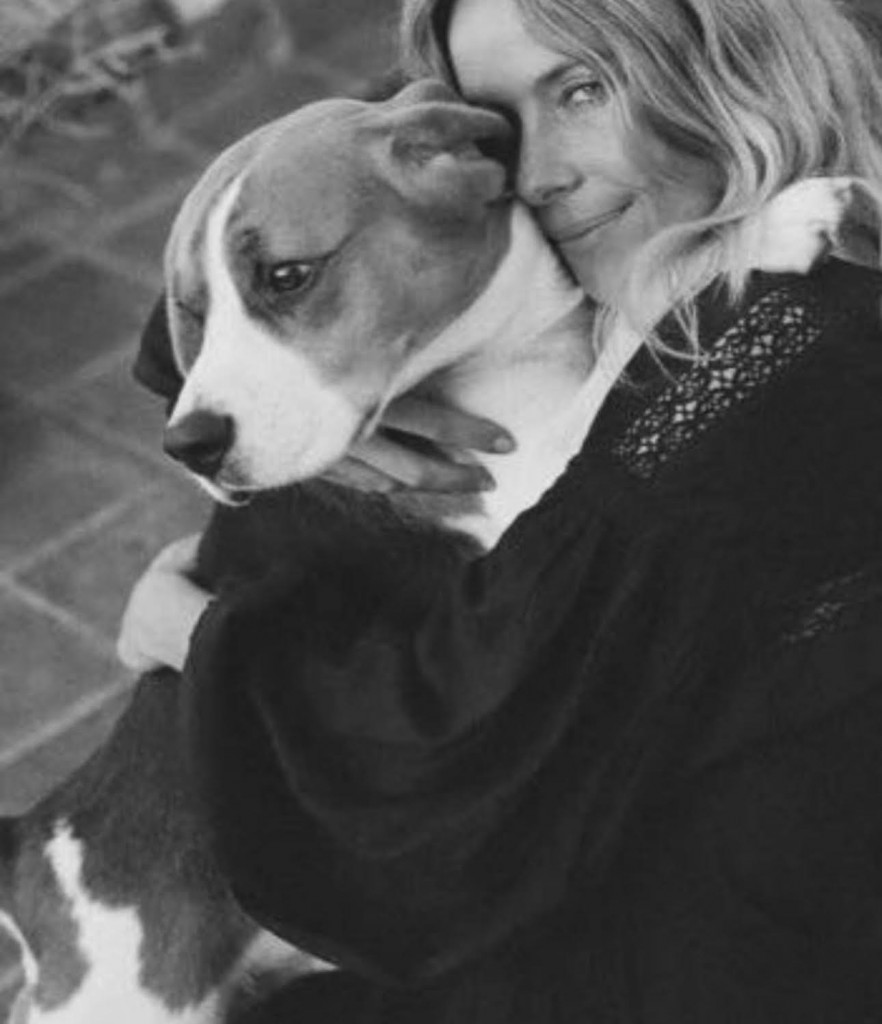
Interview
Sarah Mahini
We sat down with Sarah Mahini, who just launched a brand new talent agency, Phenomena. Here, she talks about her new adventure, what makes a photographer stand out these days, and the one skill every agent needs.
READ MORE

